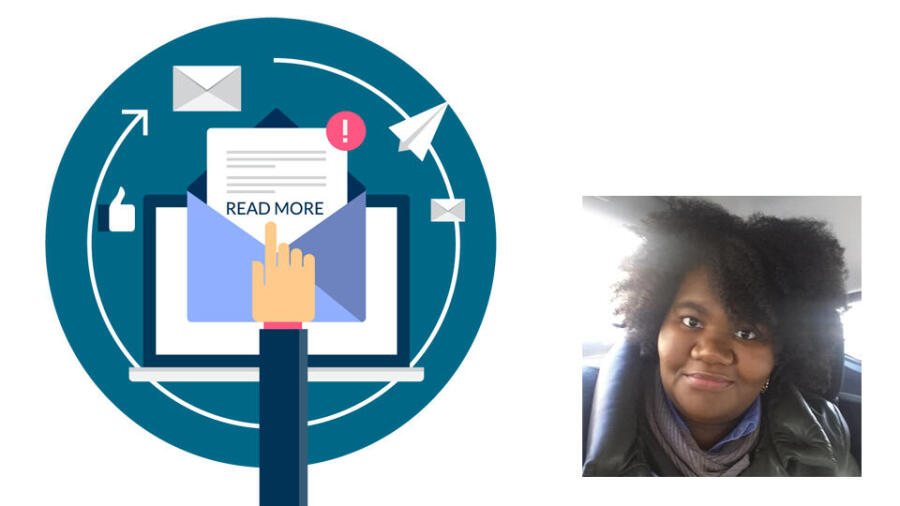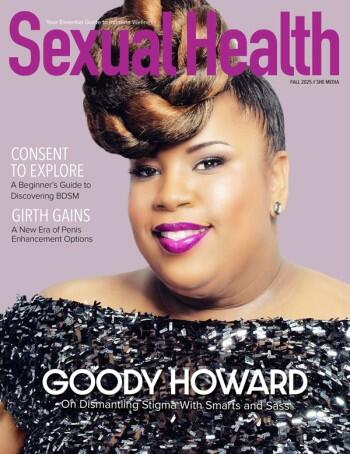What’s one of the first things that comes to mind when you think of the word “clutter”? Emails. Amidst a global pandemic that has affected every human being in the world in some way, shape or form, there’s a lot and not so much going on at the same time. People are bored. When they get bored, they start doing things that they have either put off doing in their free time, or put on the back burner because it simply wasn’t important. Cleaning and sorting through unwanted emails is one of them. Getting rid of emails you don’t need isn’t just necessary for productivity, it’s also imperative to those who communicate through email daily.
We don’t see them in the physical sense, but clutter is clutter. Newsletters can be annoying — mainly because they are typically trying to sell something, and pop up way too often. I usually find myself not opening some of them because the information they provide is regurgitated relentlessly. So in a world where information is easily accessible, yet sometimes unwanted, how can you get people to stay tuning in and not hitting that delete button?
In a world where information is easily accessible, yet sometimes unwanted, how can you get people to stay tuning in and not hitting that delete button?
Don’t Just Sell Things — Inform
In a time where money is tight for many, and people are abruptly changing their spending habits to cope, customers aren’t only looking for ways to save money. They’re also looking for ways to maximize their existing purchases and are continually seeking useful information that will help them make better purchasing decisions in the future. Is there a way to make lube last longer? What maintenance and upkeep tips should a customer implement to get the most out of their sex toys? Answering questions like these and pairing them with product recommendations isn’t just an efficient way of creating content creation ideas. It will inspire your customers to make unique purchasing decisions that cater to their needs while educating themselves from reading your newsletter.
Do Giveaways
One way to keep customers informed and retained is to incentivize. Everyone loves free stuff. Use your social media platforms to announce giveaways and require those who want to enter to subscribe to your newsletter. You can provide a link to enter the giveaway in a newsletter for existing subscribers and advertise upcoming giveaways on social media while simultaneously encouraging your followers to sign up for the newsletter.
Make It Exclusive
One thing that keeps me subscribed to some of my newsletters is the idea of exclusivity. Getting first dibs on a sale or being the first to know when my favorite shop has recently stocked some new items keeps me tuned in. Use this to your advantage. This can be done in the form of monthly discounts on random or themed items or flash sales. I like flash sales and random discounts because I have the opportunity to try something new at a great discount. You can also offer a discount for subscribing to your newsletter during times when you aren’t running any promotions.
Not Too Many
Throughout my research, one of the biggest reasons that people unsubscribe from newsletters is because companies send way too many. Bombarding someone’s inbox with emails can have the opposite effect of what was initially intended. Multiple newsletters throughout the week with the same repetitive content can take its toll. It can cause a subscriber or potential customer to lose interest in both your content and your brand. This can make it difficult to get information across to your subscribers, as they will assume your newsletter is similar to the one you sent within the same week.
Be Responsive
Keeping up with your newsletter also means that you should be keeping up with customer emails and social media comments. You are probably wondering how the two are connected. When you send out your newsletter, packed with great content and information about new store promos and sex education posts, potential customers might ask for further clarification regarding the contents of your newsletter via email or social media. Customers should be able to get a prompt response from customer support, as it helps them to move faster on making purchases and helps you secure a sale.
Organize and Don’t Confuse
Newsletters don’t have to be filled with a ton of information to be useful. Overloading it with too much information can overwhelm and confuse the reader. It’s best to make sure that the content of your newsletter is organized in a manner that defines your message in a format that is simple and easy to consume. A newsletter should be organized by what’s the most important and should relate to the subject of the email.
Give the People What They Want
The key to maintaining subscribers is content creation. Creating engaging content not only strengthens your customer base but also attracts new customers. If you don’t know what type of content you should be creating for your newsletter, create a survey via social media, use a surveying program like Survey Monkey or even Google Forms. Use that data as a deciding factor around what type of content you should be creating to keep your subscribers engaged and coming back for more.
Tiffy Kink is a sexual wellness blogger and sex toy reviewer at AquaKink.com.








